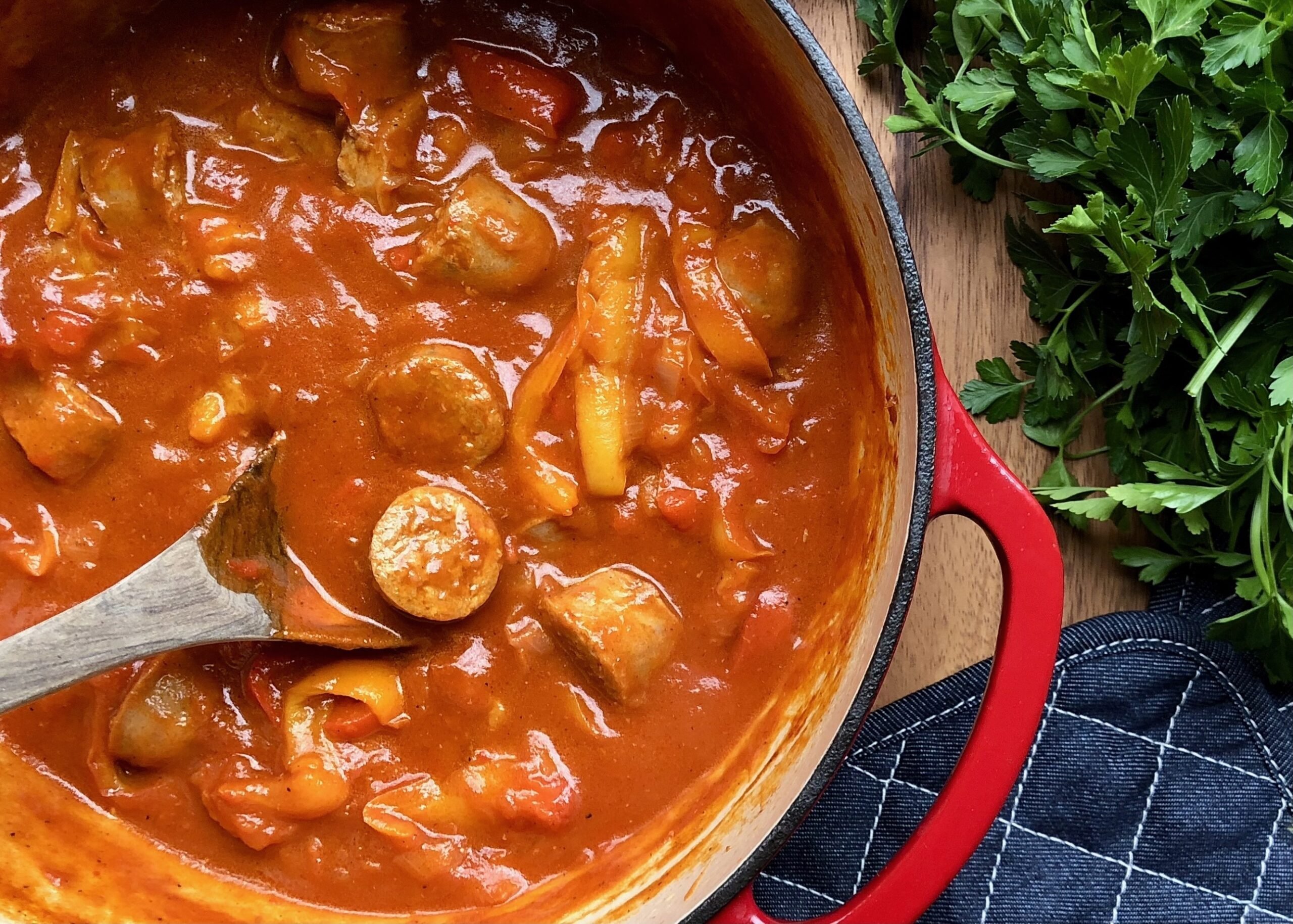Tomato braised sausage, known in Greece as “spetzofai”, is a family favorite in our home. The traditional recipe has a slight kick from the spicy sausage. My boys prefer a non-spicy version, which is easily achieved by swapping out the spicy sausage for sweet Italian sausage. It pairs well with pasta, rice, oven roasted potatoes, french fries or a few thick slices of bread, which is how we enjoyed it during a recent trip to the Greek island of Zakinthos.
-
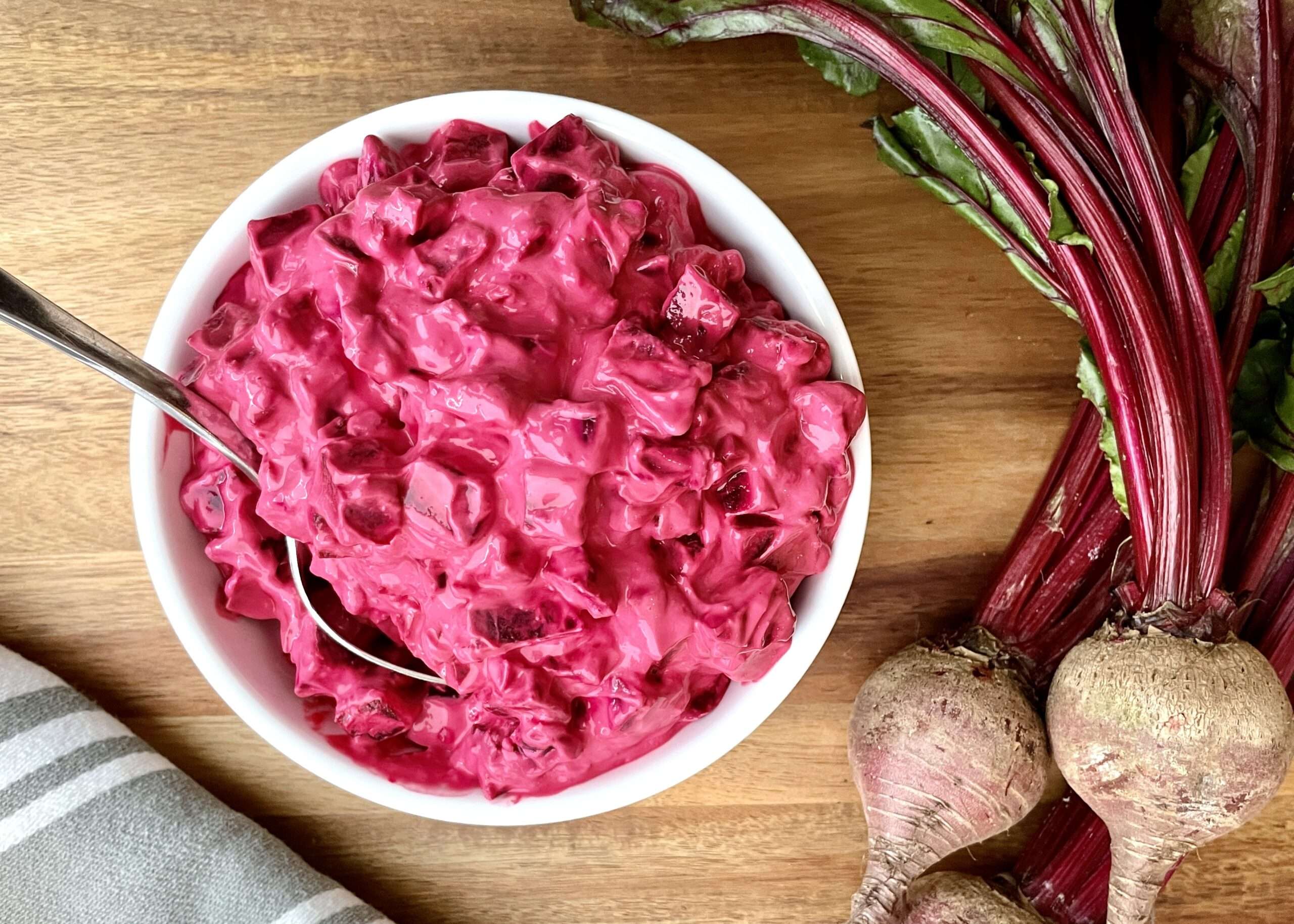 Continue Reading
Continue ReadingBeet salad makes for a wonderful summer appetizer. Our family also enjoys these beets as a side dish to accompany our baked lamb on Easter Sunday. It’s simple to make and adds a wonderful pop of color to the table. Be sure to use fresh beets. While using precooked beets will significantly cut down on the preparation time, they won’t yield the same vibrant pink color. You can also opt to serve these beets as a dip. Simply prepare the salad in a blender and blend until smooth. Ingredients Preparation
-
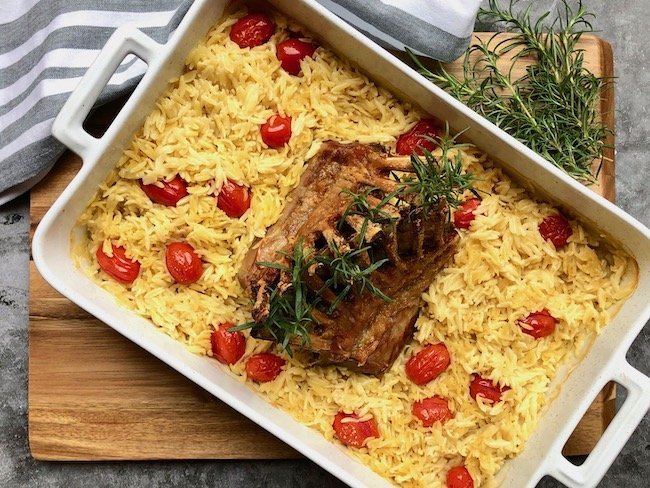 Continue Reading
Continue ReadingA traditional youvetsi consists of roast lamb with orzo in a rich tomato broth. It is delicious and holds a place of honor on Greek menus. A few years back, my mother-in-law introduced me to a spin on the traditional dish by substituting the tomato broth with cherry tomatoes. The result is a slow roasted lamb paired with dripping flavored orzo balanced by pops of sweetness and acidity from the roasted cherry tomatoes. If a dish ever captured my heart, it is this one. I love to use a Frenched rack for this dish but shanks or a shoulder roast work…
-
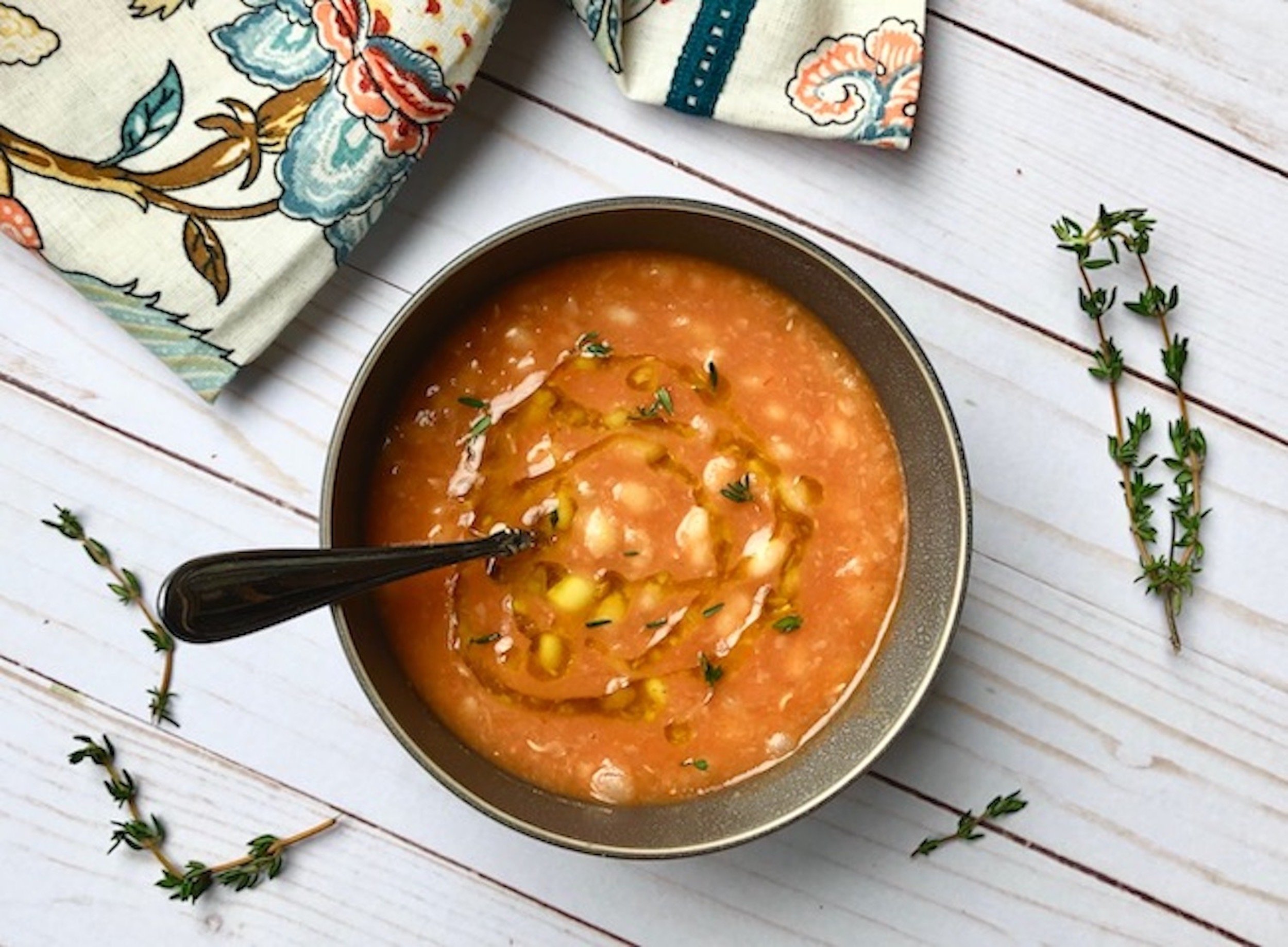 Continue Reading
Continue ReadingThis navy bean soup, known as “fasolada” is Greece’s national dish. Simple and unassuming, this soup is both comforting and nutritious. Being vegan/vegetarian it is well suited for the season of lent, during which Greek’s forgo meat and dairy. One can also opt to top it with some crumbled feta for an added touch of saltiness and enjoy with a thick slice of country bread. Ingredients Preparation
-
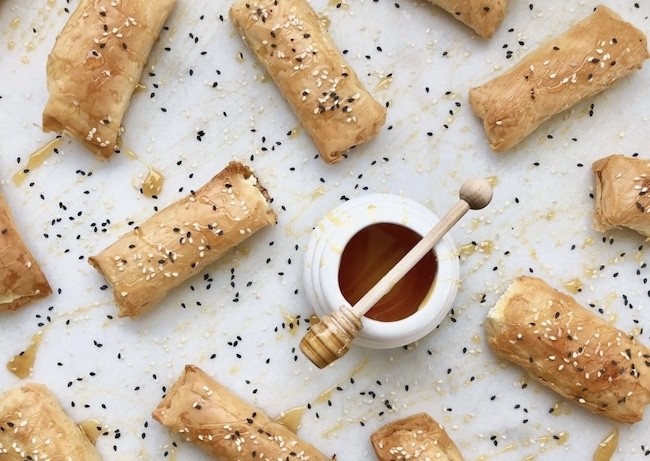 Continue Reading
Continue ReadingBaked feta with honey and sesame is a Greek appetizer or “mezze” that perfectly combines the flavors of savory feta, buttery phyllo, sweet honey, and crunchy sesame seeds. If you want to add a little extra flair to your presentation, use black and white sesame seeds. You can also serve with honey on the side for each person to drizzle over top. These baked feta with honey and sesame bites make for the perfect finger food, something to consider when you’re planning your next party! These can be served hot out of the oven or at room temperature. Ingredients Preparation
-
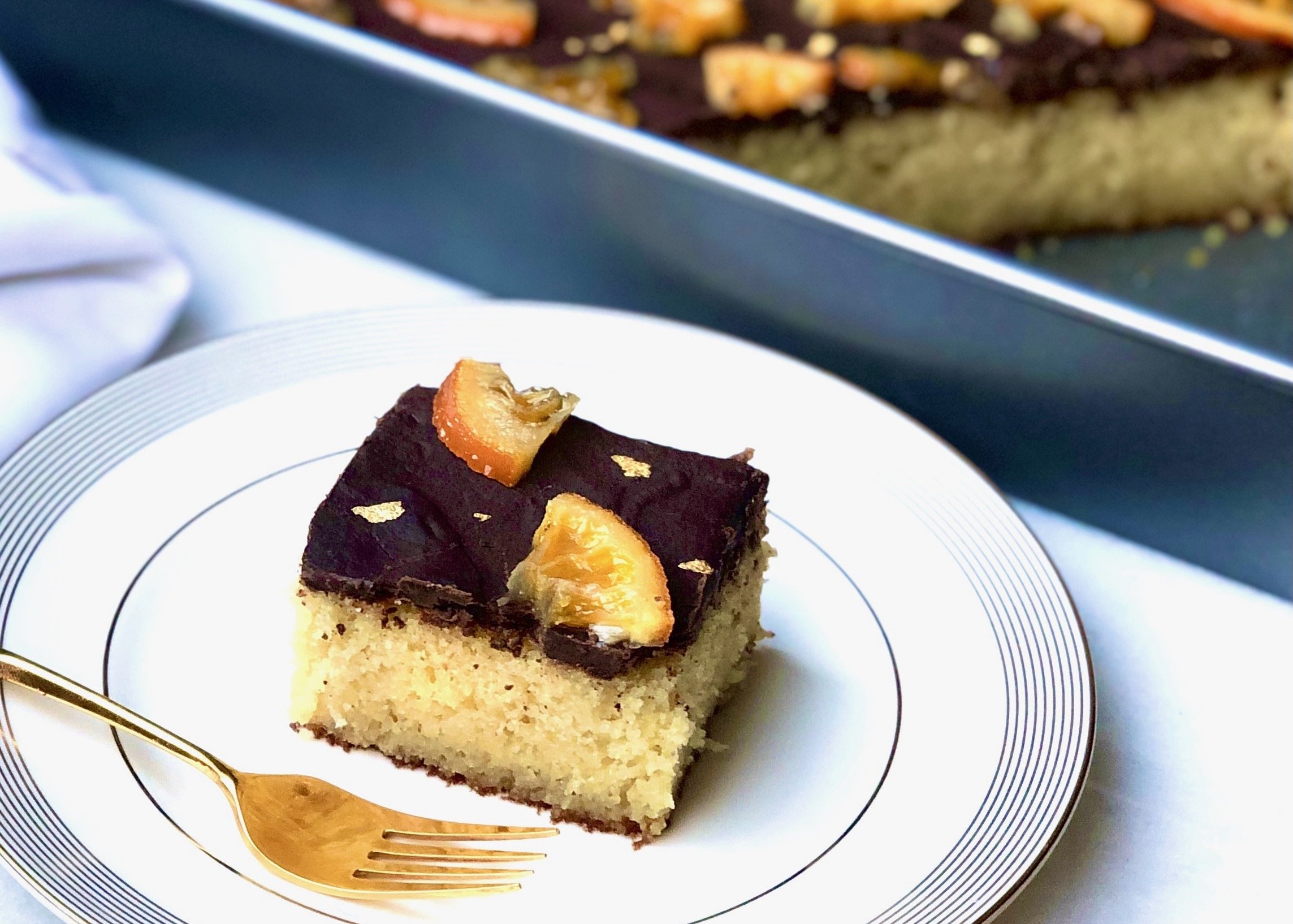 Continue Reading
Continue ReadingThis syrup drenched sweet semolina cake is traditionally topped with a light dusting of confectioner’s sugar or a sprinkle of crushed pistachios. Being chocoholics, our family is partial to this ganache topped version. Add some candied orange slices and specs of gold leaf to jazz things up, making this simple sweet semolina cake as fancy as it is tasty. Ingredients For the cake For the syrup For the ganache For the candied orange slices Preparation
-
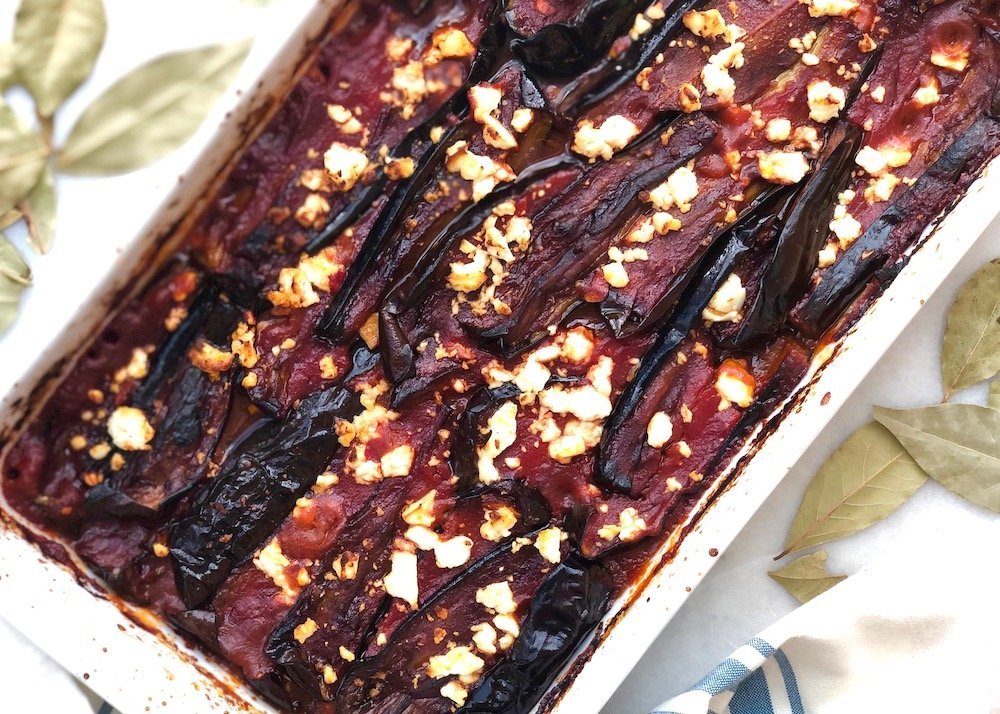 Continue Reading
Continue ReadingIf there was ever a dish that conveyed how melt-in-your mouth delicious eggplant can be, it is this tomato baked eggplant recipe, known in Greece as “imam bayildi”. The sauce is prepared one of two ways – with homemade tomato sauce, which yields a deeper flavor, or diluted tomato paste, providing a “lighter” sauce. This tomato baked eggplant is best served with pasta, rice, or on its own with a thick slice of country style bread. If serving as an entrée, you’ll definitely want to include the crumbled feta, which will add substance to the dish. Ingredients Preparation
-
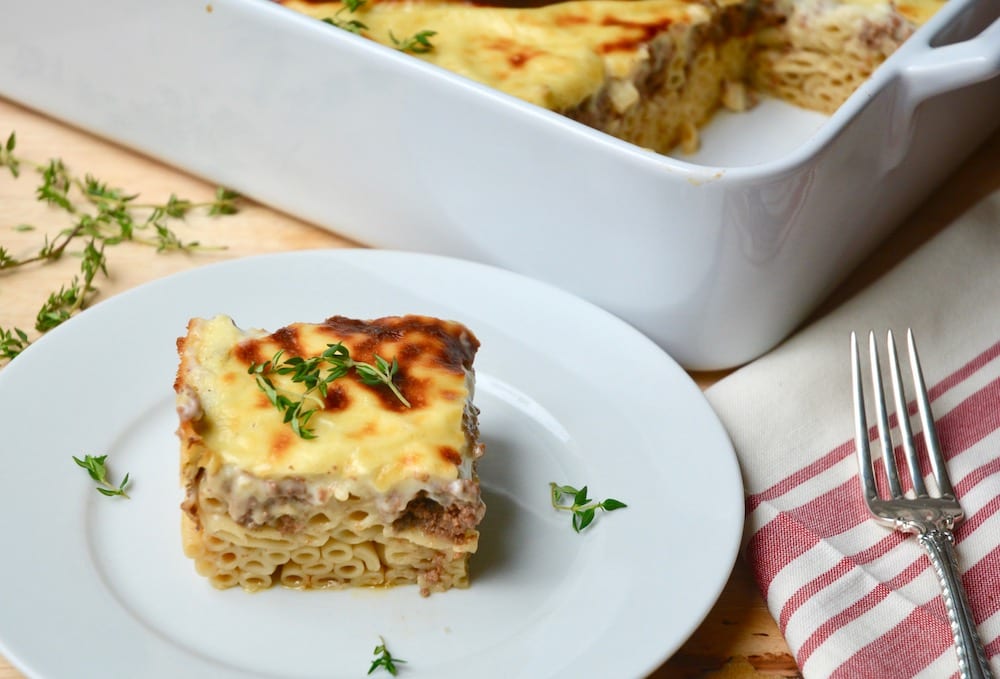 Continue Reading
Continue ReadingAn alternative to moussaka, pastitsio, which some refer to as Greek lasagna, is the epitome of Greek comfort food. With its thick layer of pasta, savory meat sauce, and rich bechamel, this dish isn’t modest on the calorie front, but it makes up for it with a big food hug. You’ll notice that the shape of the pasta used for pastitsio isn’t easily found at local grocery stores. If you have access to a Greek import store, you can find it there, but don’t hesitate to use a regular penne or other pasta. It will slightly alter the appearance of…
-
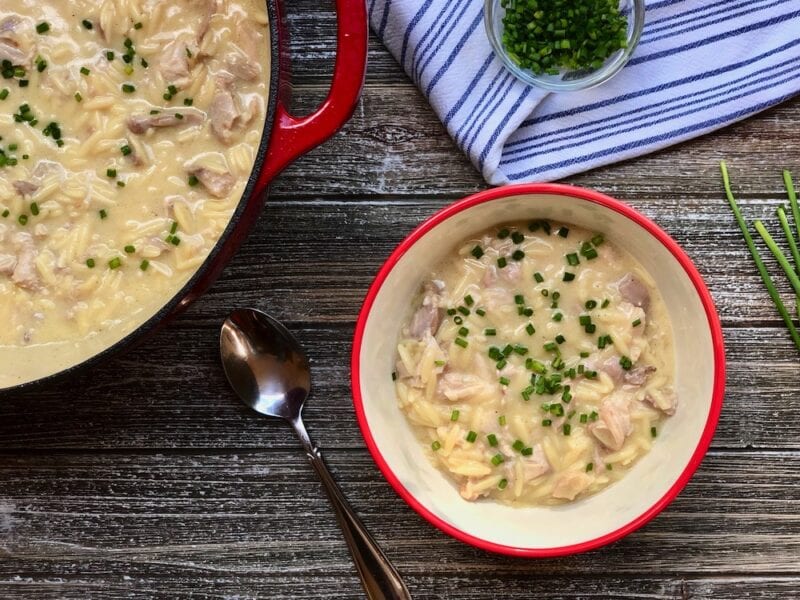 Continue Reading
Continue ReadingWhen people hear that I write about Greek food, one of the most common recipe requests I receive is for chicken lemon soup or “avgolemono”. As popular as this dish may be, it’s not one that my mother-in-law cooks on a regular basis. As a result, I didn’t have a recipe to share until friend and fellow blogger, Tiffany, from Peanut Blossom, published “The Ultimate Kids’ Cookbook“. Reading through the book, I came across her recipe for “Greek Lemon Drop Chicken Soup”. With children that are increasingly looking to get involved in the kitchen, and knowing that my blog was…
-
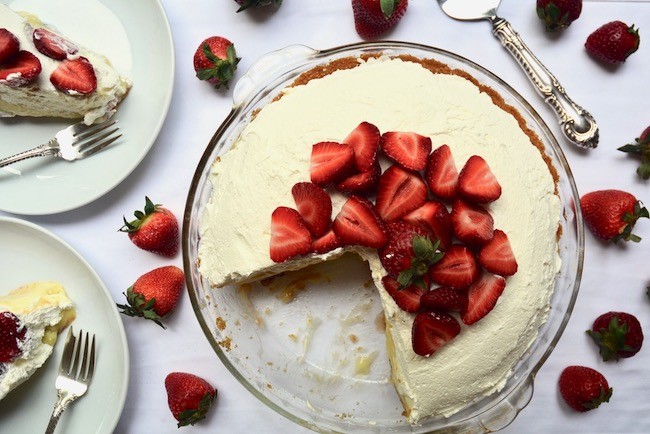 Continue Reading
Continue ReadingWith the blog turning four this month, I’ve been wanting to celebrate with a cake or pie recipe. Having previously shared my mother-in-law’s chocolate mousse cake, I figured I would refer back to one of my childhood favorites — mom’s strawberry or banana cream pie. Being the entertaining aficionado that she is, my mother hosted countless dinner parties throughout the 80’s and 90’s. The sound of popping champagne corks accompanied by my father’s piano playing still make up some of my earliest memories. Drifting to sleep, I relished the anticipation of waking up to leftovers of my mother’s delicious cream…

